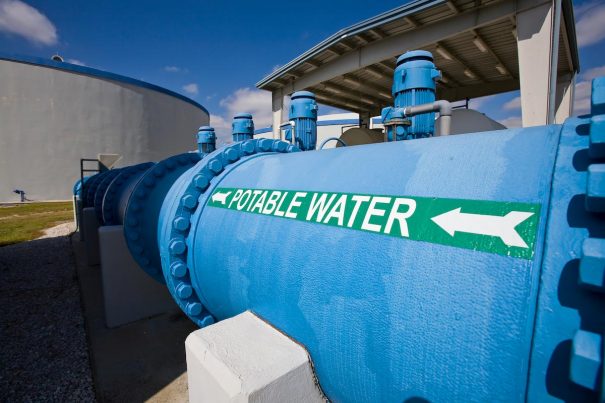Here is some truth about water survival myths that will save you and your family in an emergency
Friday, April 29, 2016 by usafeaturesmedia
http://www.bugout.news/2016-04-29-here-is-some-truth-about-water-survival-myths-that-will-save-you-and-your-family-in-an-emergency.html

(Bugout.news) When preparing for an emergency, having a supply of safe drinking water is a primary concern. Clean water is essential for survival. Most people will die within three days without water. Anyone who takes prepping seriously already knows this, but there is a surprising amount of conflicting, confusing and just plain false information to be found on the web regarding emergency water sources, storage and purification.
James L. from GraywolfSurvival.com has posted an article titled: “Why you need to rethink your SHTF water plan.” His article explores and debunks several common myths about emergency water supplies and purification methods.
Having accurate information on this subject could literally save your life, and James L. does an admirable job of explaining things clearly and logically.
Are swimming pools a safe source of drinking water?
The first myth that James L. tackles regards the use of swimming pools as emergency drinking water reservoirs. Some people might be inclined to think that a backyard swimming pool could be a good source of drinking water in a prolonged disaster situation.
However, there are several reasons that this simply isn’t a practical solution. It is not completely out of the question to use pool water as an emergency source, but it’s certainly not as simple as it might seem.
First, the chemicals used to treat pools are not safe to drink. Sure, everybody swallows a small amount of pool water now and then, but the substances used to kill algae, stabilize the chlorine and keep the water looking clear are not safe to ingest in any quantity. Even boiling won’t remove these chemicals, and the distillation that would be required to make it safe is not really a practical solution either.
Another issue with pools is the fact that chlorine evaporates quickly. Within a week or two, the levels will drop to nearly zero ppm. Even if you have chlorine on hand, the pumps, filters and agitators will be needed to keep the system functional; in a real emergency, there is likely to be no power at all.
However, swimming pool water can be used for bathing, laundry, flushing toilets and watering gardens, so there is a practical use for your pool after all.
Can I safely treat water with “pool shock”?
The second issue addressed in the article is that of treating water with “pool shock.” The main ingredient in pool shock — calcium hypochlorite — is actually very good for water purification purposes, but most of the pool shock products on the market also contain other chemicals that are not safe to ingest.
If you are able to find a source of pure calcium hypochlorite, it is indeed a safe way to purify water, but it should be noted that it has a limited shelf life and should be stored carefully due to its reactive properties with other chemicals.
How long should water be boiled to make it safe to drink?
Another common myth is that boiling water for one minute will make it safe to drink. This is not entirely true. Boiling will kill bacteria and most pathogens, but it won’t get rid of heavy metals and other chemical contaminants with a high boiling point.
Secondly, water boils at different temperatures at different altitudes. At higher elevations, it might be necessary to boil water for a longer period.
If my pet drinks from a water source, is it also safe for humans?
There is another persistent myth that if a pet, such as a dog, drinks from a particular water source, then that source is okay for humans. This is simply not true. Animal immune systems are quite different than those of humans, and it should never be assumed that just because your pet didn’t get sick, you won’t either.
Can I drink my own urine in an emergency situation?
The last common water survival myth discussed in the article concerns drinking urine. Many people believe that drinking one’s own urine in an emergency situation is safe. This is simply not the case. Drinking urine, like drinking seawater, will only dehydrate the body even more.
Conclusion
The takeaway from all this is that you should stockpile an adequate supply of drinking water and not rely on your swimming pool. Moreover, you should use a combination of boiling, filtering and chemically treating any water you’re not sure is safe to drink.
It is a good idea to keep some bleach, water purification tablets or pure calcium hypochlorite on hand as well as a good water purification filter.
More:
- 7 best ways to filter your water
- Getting and keeping clean drinking water will require a multi-layered, redundant system
- Why adding Alum to your prepper kit will dramatically increase your water purification ability
Bugout.news is part of the USA Features Media network.
Tagged Under: Tags: prepping myths, safety, SHTF, water

